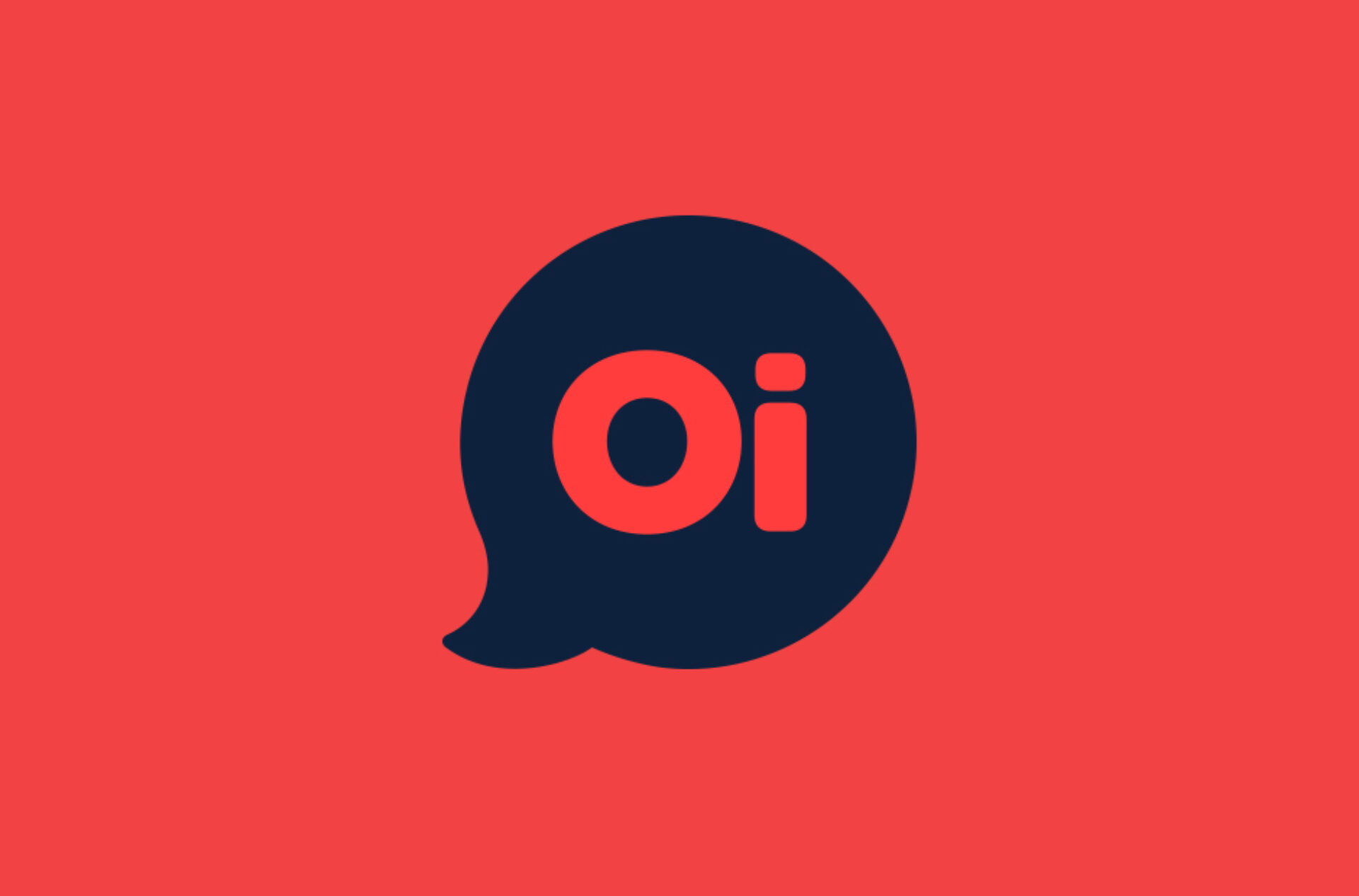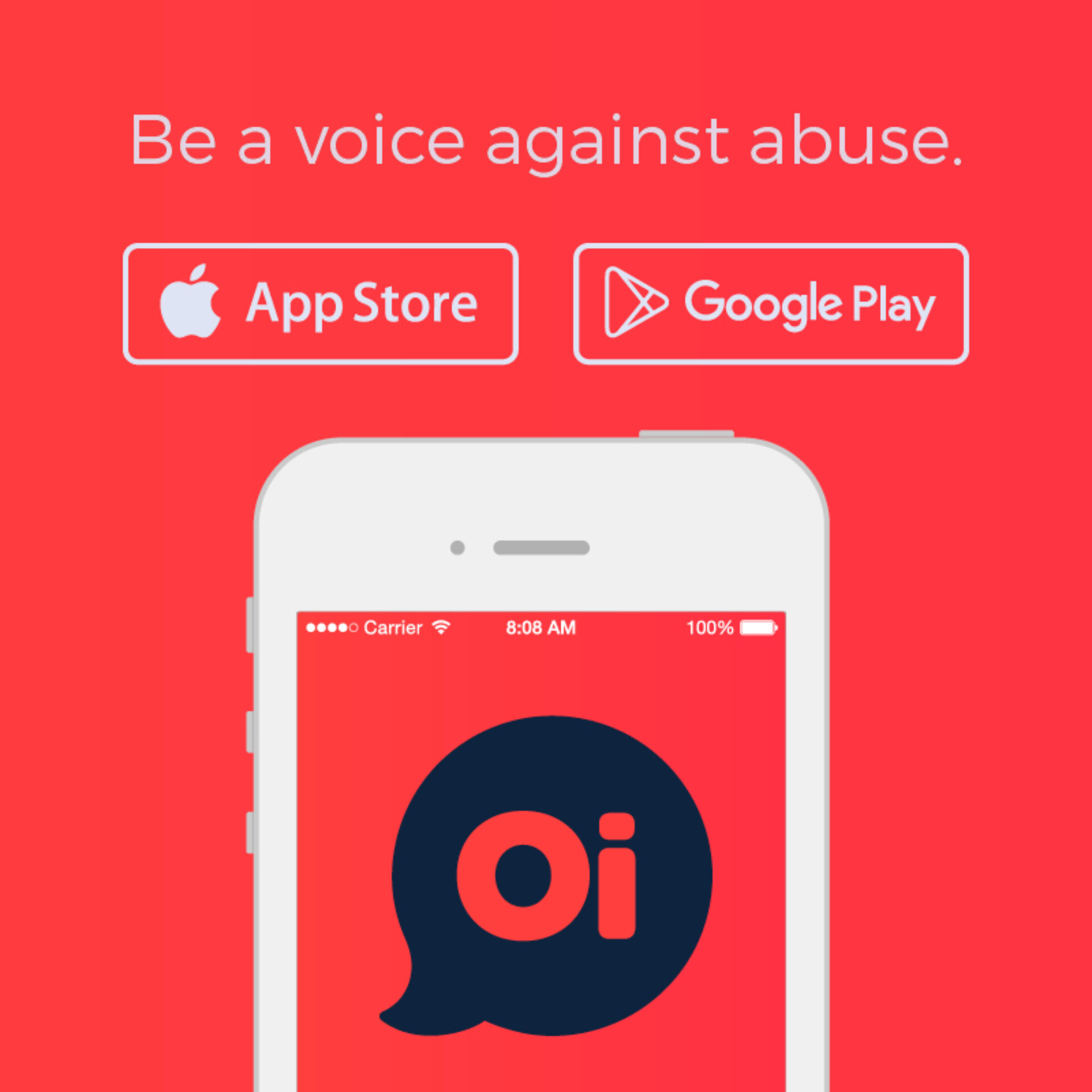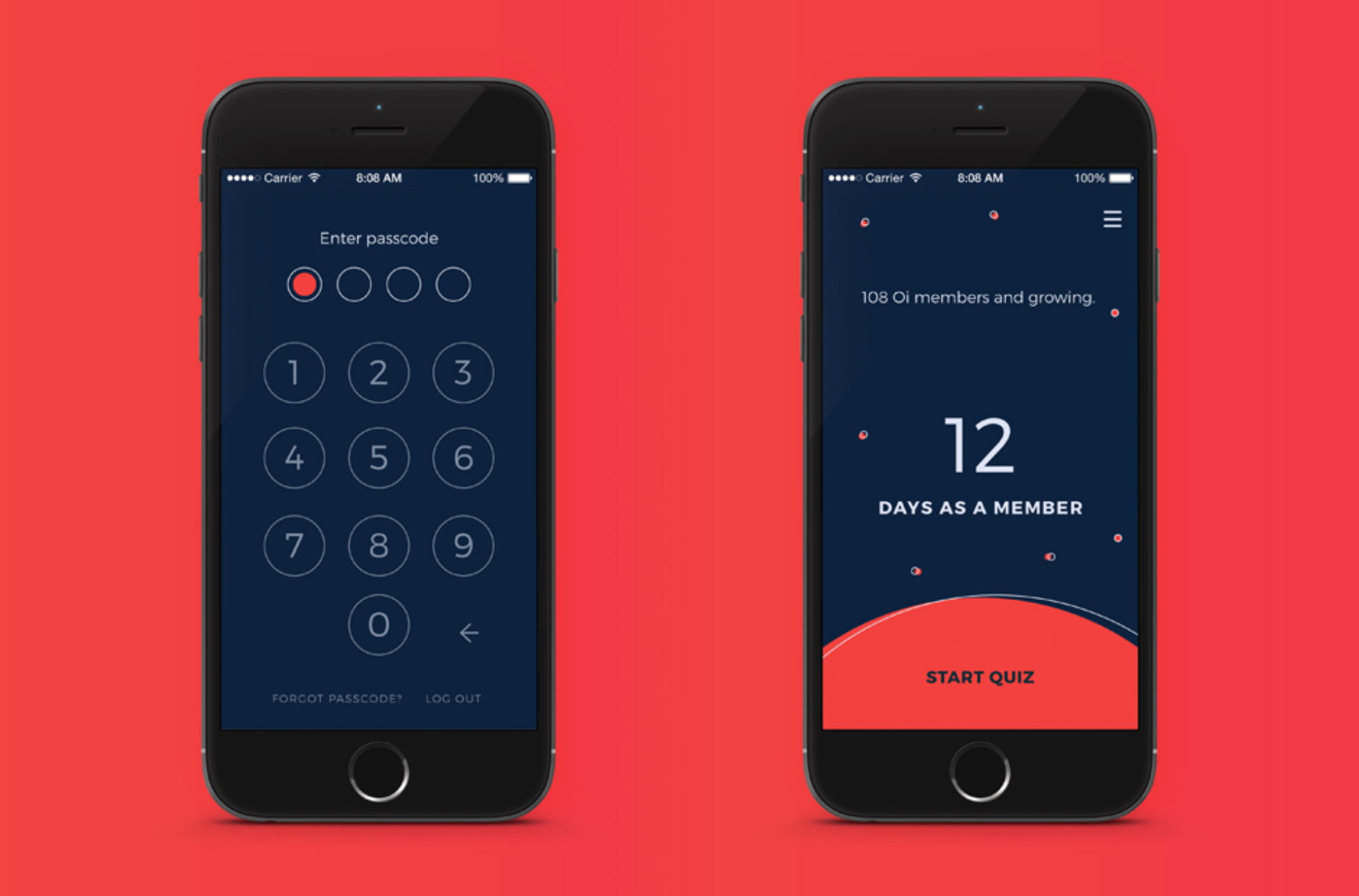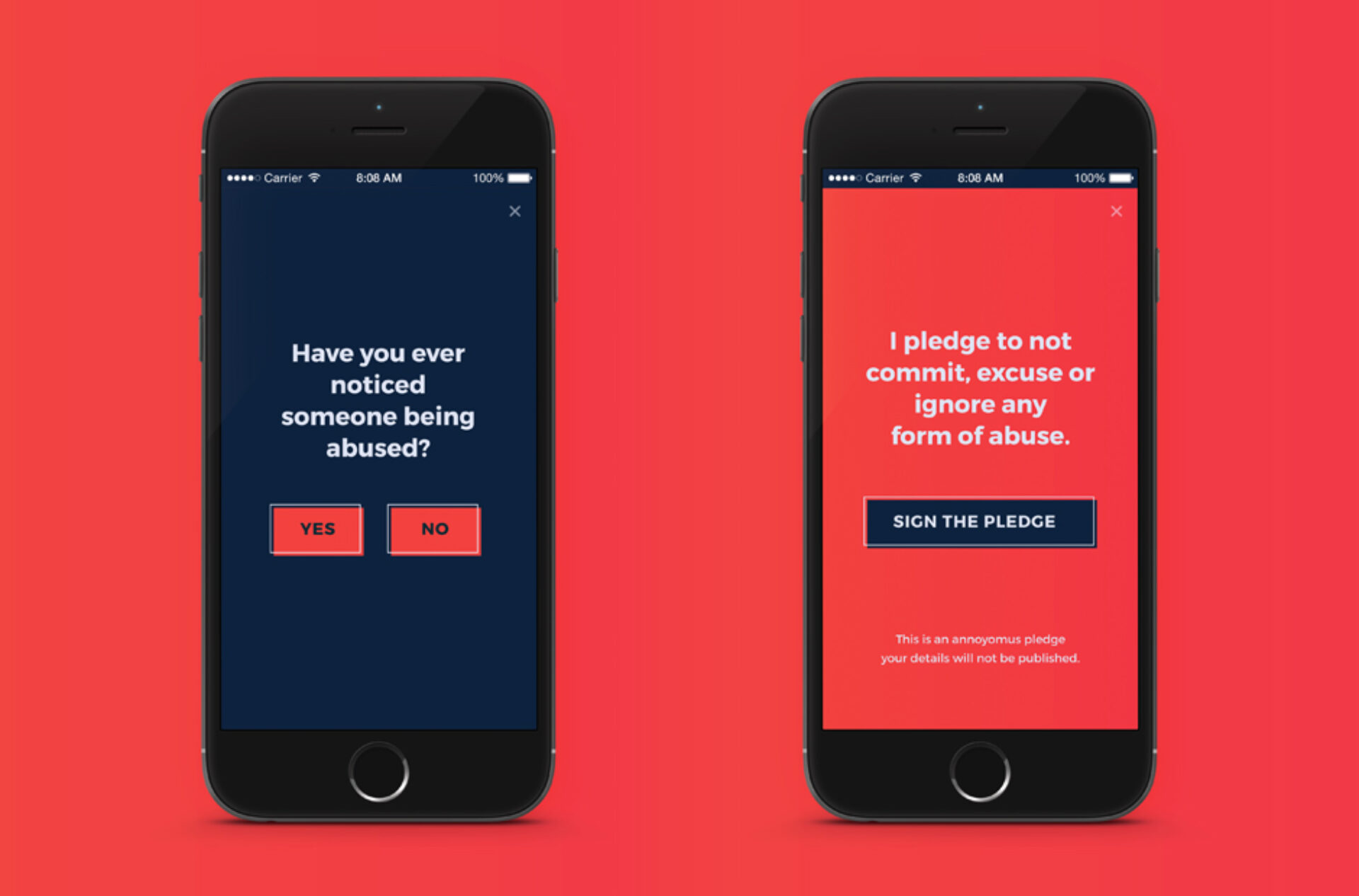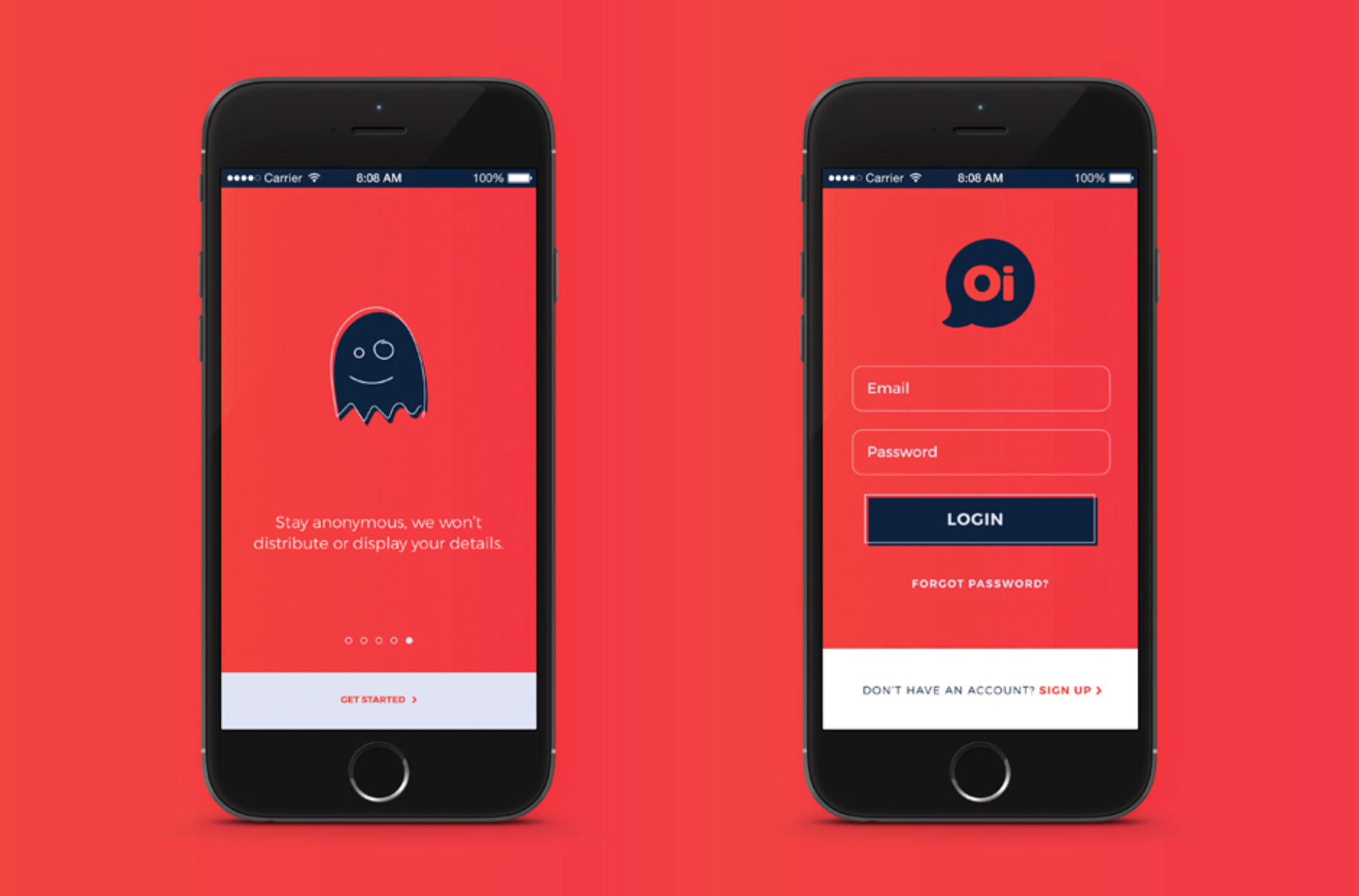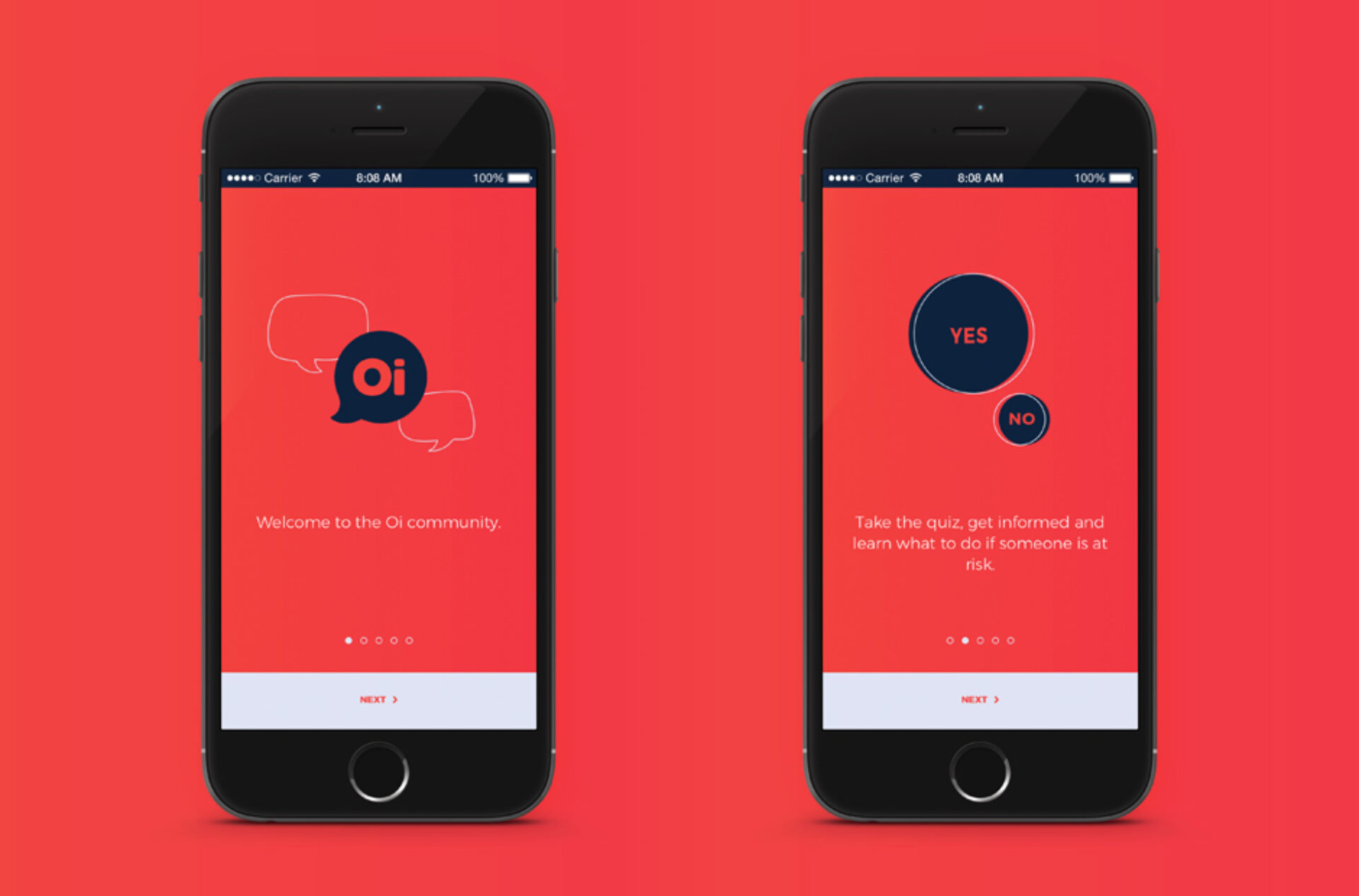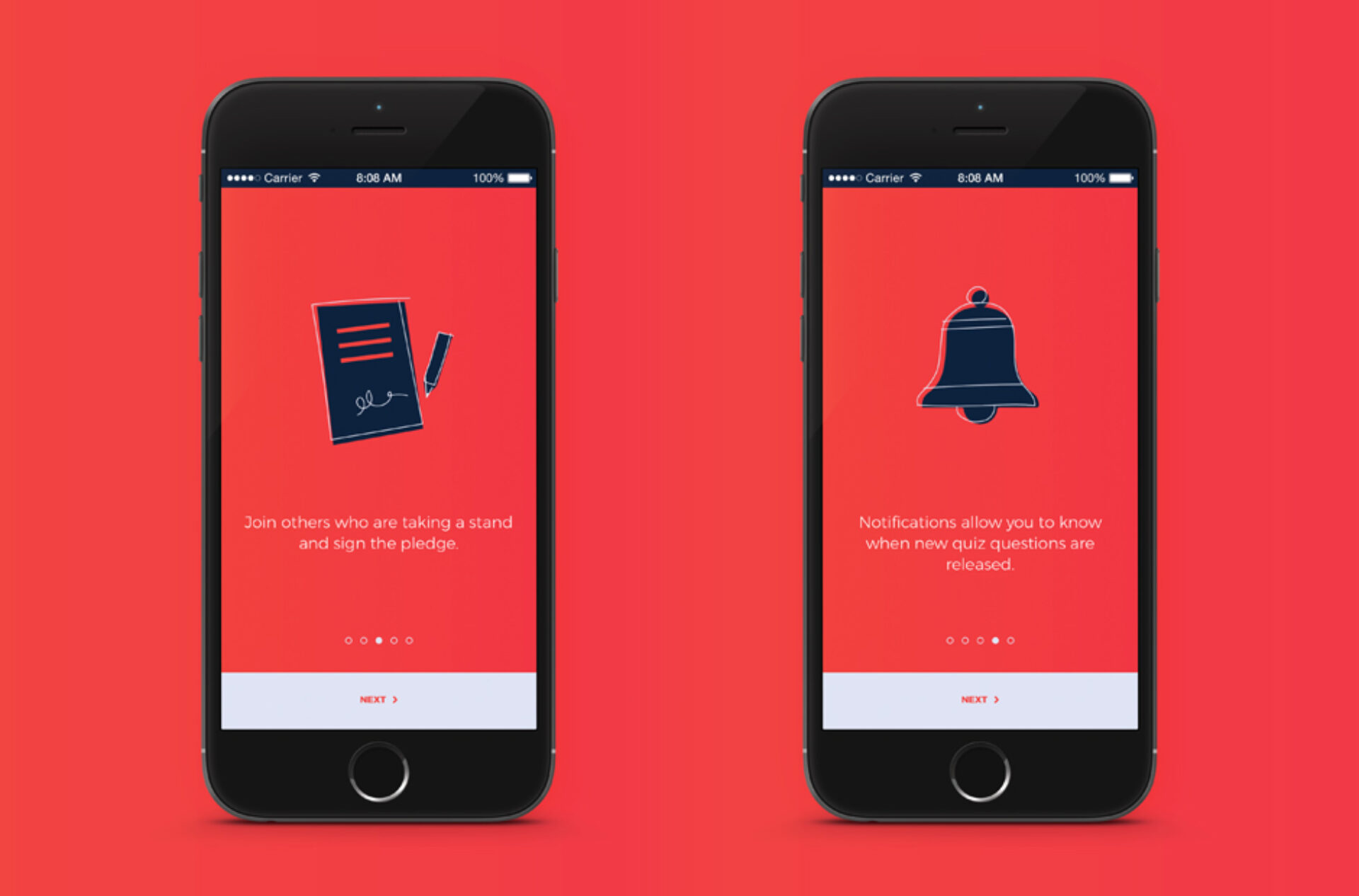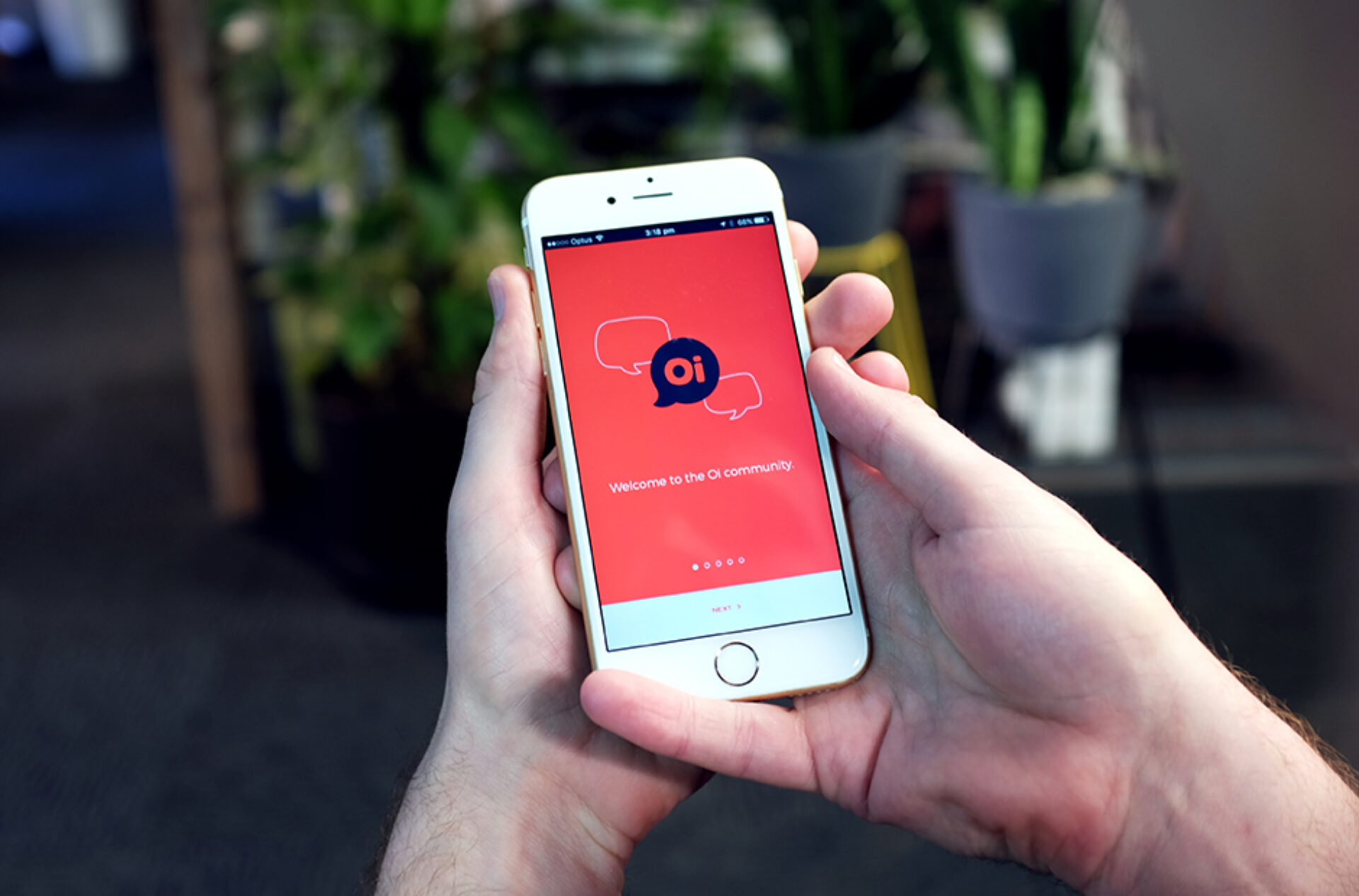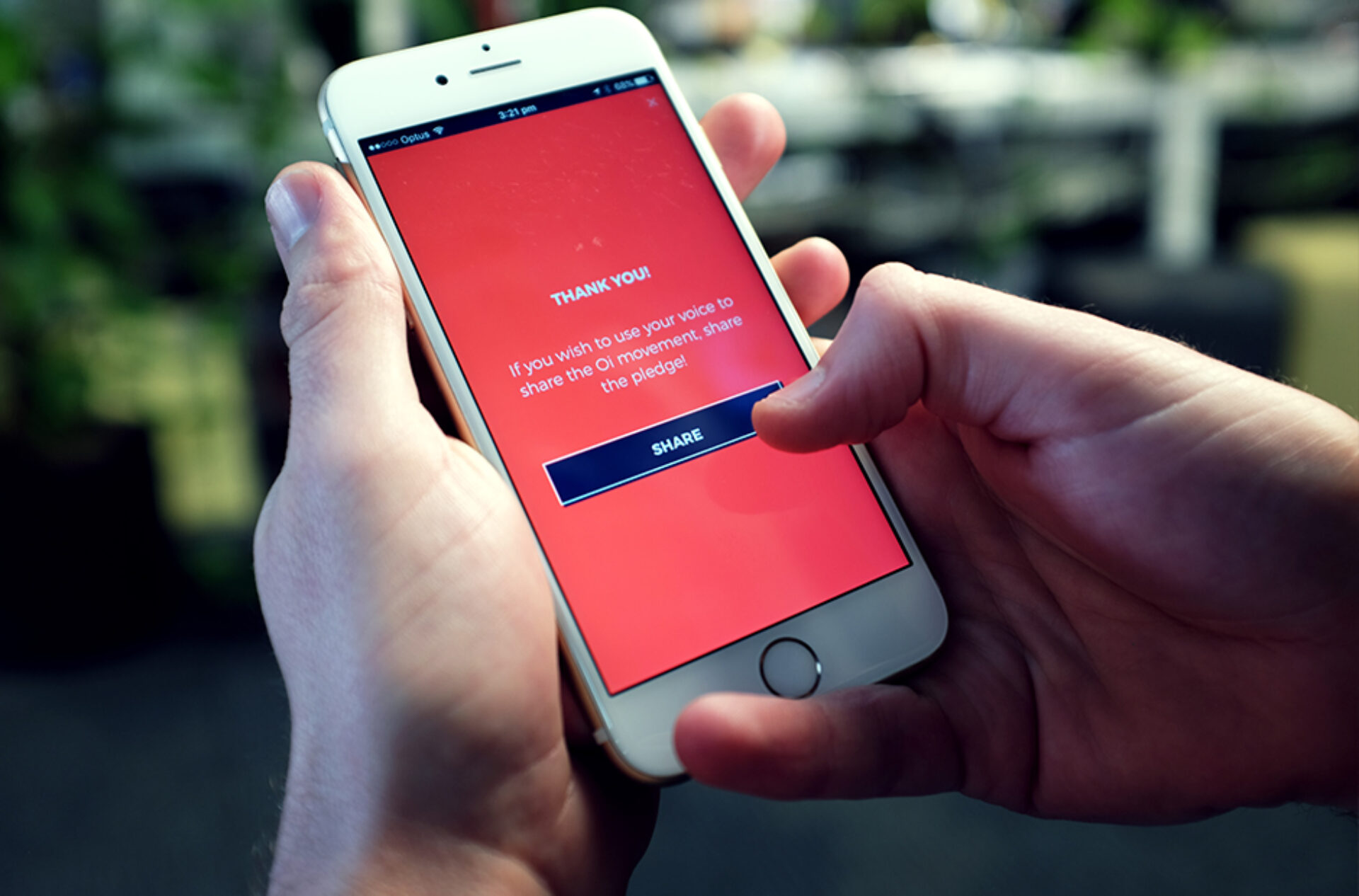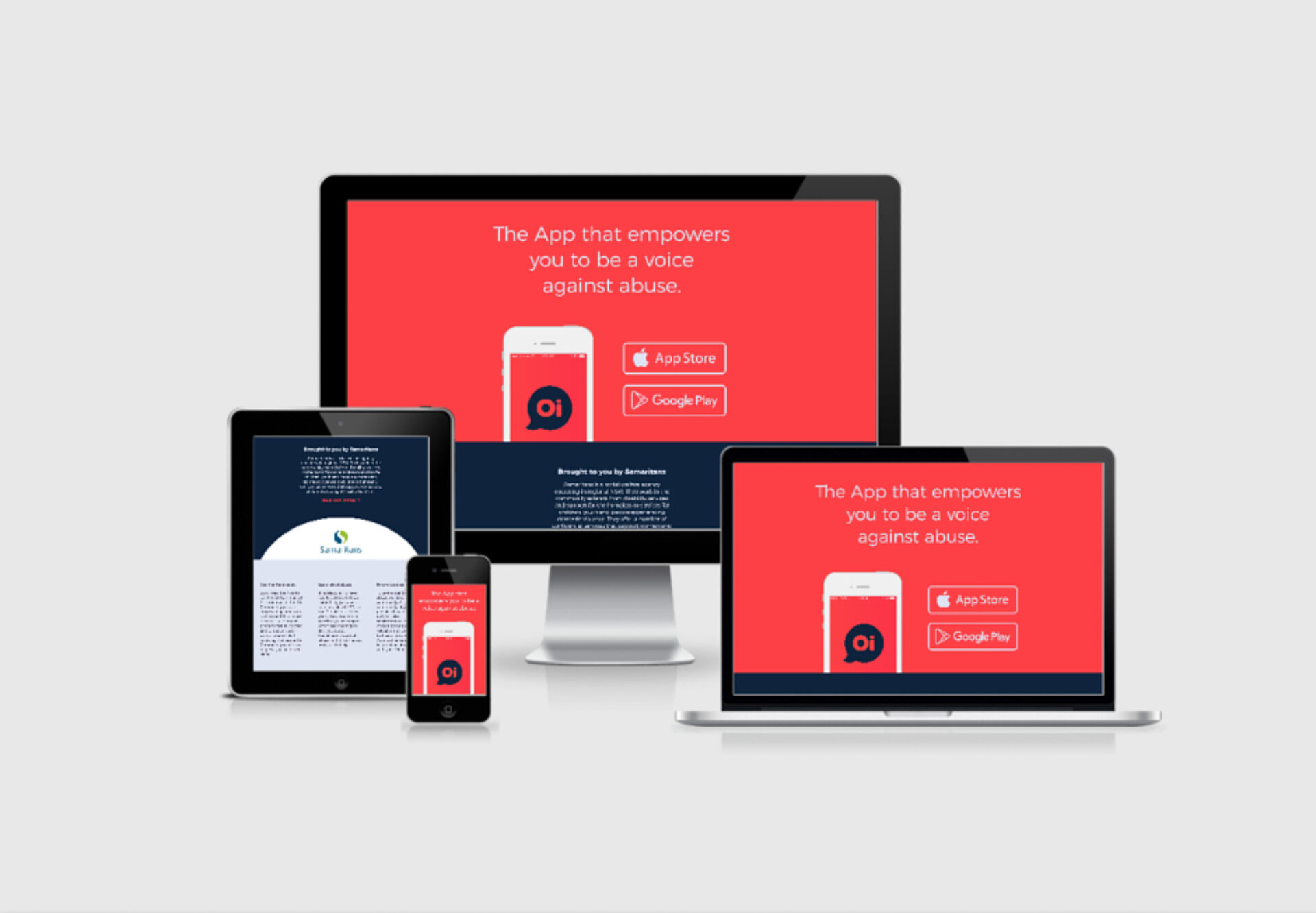Oi App
Case study
Headjam are proud to have collaborated with the Samaritans to develop an app that aims to give youths a voice to stand up against domestic violence. Read Hide the full case studyBackground
Samaritans is a regional welfare agency operating throughout eastern NSW, Australia. As the welfare arm of the Anglican Church in the Diocese of Newcastle, Samaritans is a Newcastle charity assisting thousands of locals in need.
Many of their services support people with a disability in Newcastle and the Hunter Valley via the NDIS, with their work extending from disability supports to children’s services and disadvantaged young people to those with mental health challenges, those who are homeless and many more.
Samaritans offers a number of services that support women and children escaping domestic violence and has done so since 2014 as a result of government changes to the Specialist Homelessness Services Reform.
Headjam were engaged by the Samaritans to develop an app promoting domestic violence awareness, specifically targeting male and female youths.
Objective
For the app to become a tool that is used sustainably for people in need and showcases the Samaritans' brand.
Target Audience
There were two audiences for the proposed app. The primary audience was for male and female youth aged between 12-18 years old in the Newcastle, Hunter, Kempsey and Greater Taree LGAs.
The secondary audience was Australian youth aged between 12-18 years old.
Consumer Proposition
Helping youth, help themselves.
Desired Consumer Response
‘I have a voice against abuse’.
Creative Solution
It’s one thing to get people to download an App but quite another to provide meaningful reasons for ongoing engagement. One of our key tasks was to help Samaritans rescope the project so that it would become a useful organisational resource for support services, while offering something to the users that would keep them coming back.
To take a stand against abuse, we need a community. A community of young people who are willing to be a voice against abuse. Their voice is powerful, valuable and deserves to be heard. We designed the app to be a home for the Oi community, which is an empowering safe space where youth are able to educate themselves and share important information about abuse with their friends. It’s their space to feel supported and to support each other.
We chose a colour palette that is gender neutral and vibrant, but still has a sense of balance and calm about it. Text is a strong sans serif that is open and legible, trustworthy and mature. The logo was designed to stand out in a digital space, appeal to our target audience, and start a conversation. Friendly and conversational, the logo literally speaks its name.
As the community grows, we designed the app to respond in real-time, letting the Oi community know they are never alone. It does this by visibly showing the number of members within the community, and a dynamic home screen animation which increases in activity as membership builds.
The app also contains an interactive quiz, which provides real-time insight on how other young people view and understand abuse based on their own responses. The user is then able to share this on their social media accounts, linking to accurate, up-to-date resources and information on the question at hand.
A pledge to never commit or remain silent about abuse, is able to be shared with friends. These are able to be signed both anonymously and publicly to encourage our youth to take a stand against abuse and generate awareness to the cause.
Evaluation
Since launching the app in June 2017, it has been downloaded over 3,000 times across the world, with most users taking part in the online awareness quiz; a social driver to start the conversation about domestic violence. It has helped broaden awareness by encouraging conversations as well as de-bunking myths and outlining facts on the topic. The app has recently had a number of updates applied and has been re-submitted to the app stores for users to continue to use long into the future.
Client
Samaritans
Project
Oi app branding and application
